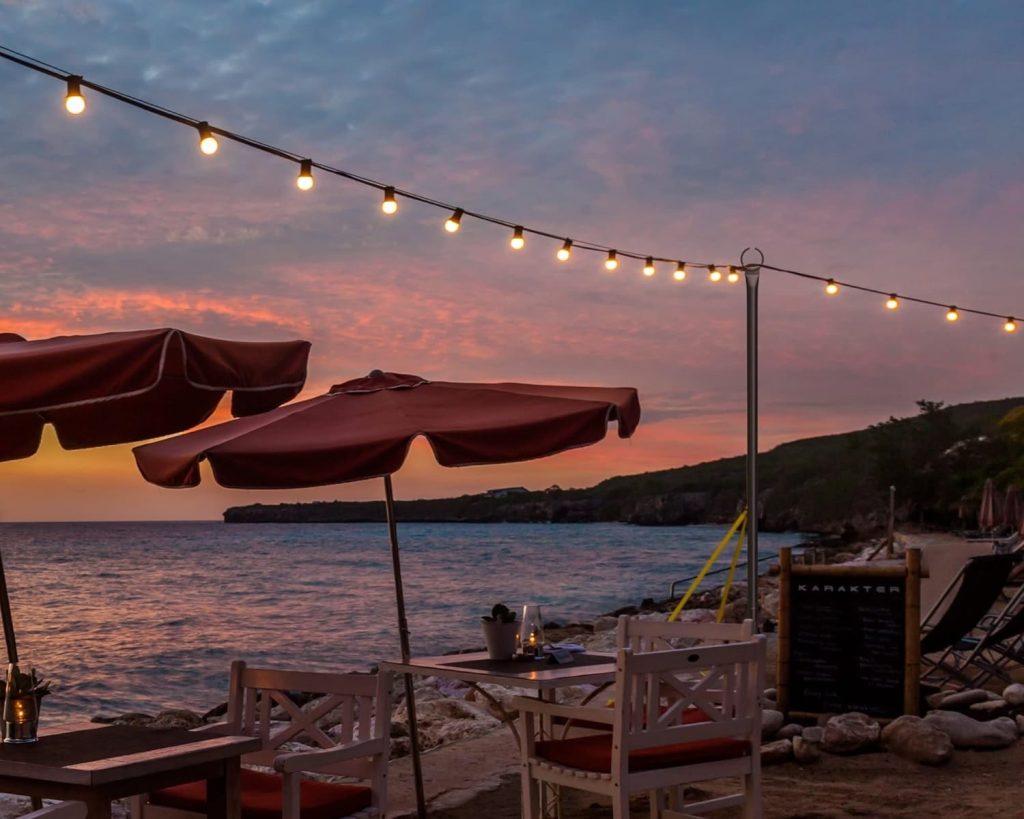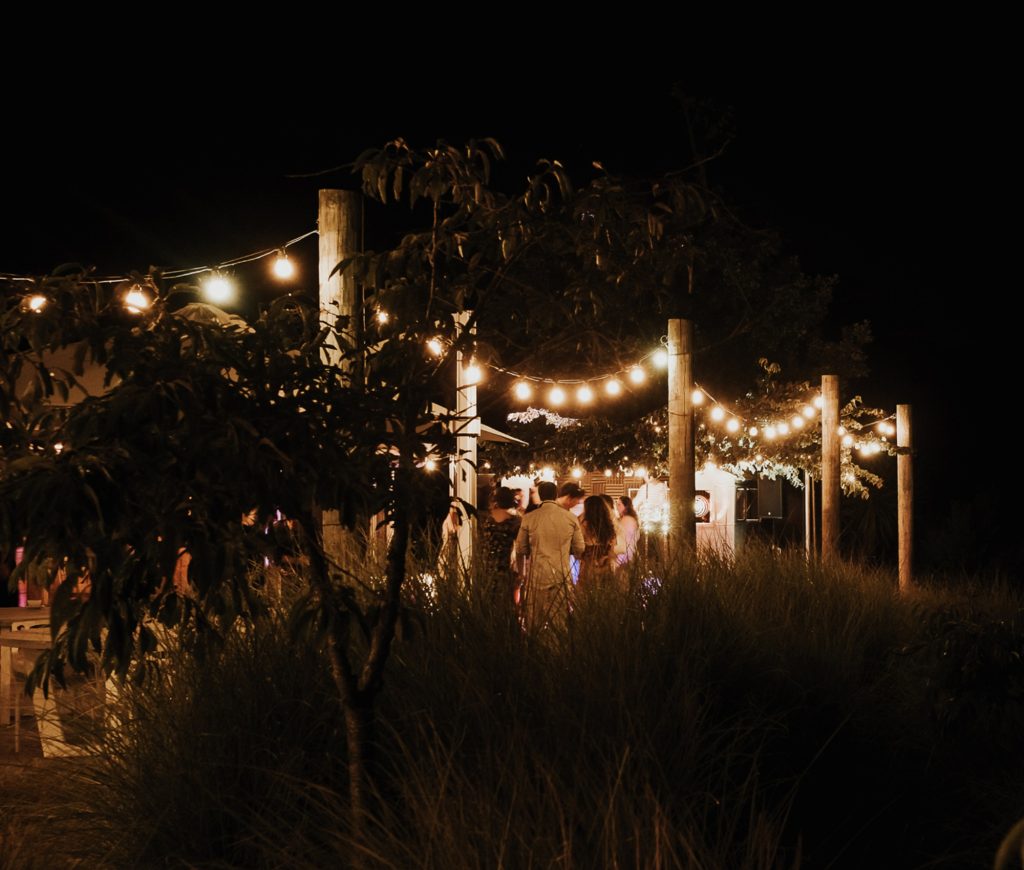An Easy Guide to Hanging Outdoor String Lights on Poles
The Brilliance of Outdoor String Lights
As the Sun dips below the horizon and twilight succumbs to the velvety blanket of night, your backyard or patio can spring into life in a mesmerizing display through an essential component of landscape lighting – outdoor string lights. These elegant yet functional fixtures are a must-have for anyone looking to transform their outdoor space into an enchanting nocturnal oasis.
The shimmering lights draped over your terrain can create an atmosphere ranging from a festive carnival, a starry night sky, to a quaint Parisian street, depending on what you desire. Outdoor string lights have evolved beyond simple strings of bulbs used traditionally during the holiday season.
Landscape string lights now encompass an array of designs and styles, catered to suit different lighting needs or aesthetic preferences. They serve as more than just decorative elements; they provide essential visibility at night and augment the security for your property.
The Artistry and Utility in Lighting
String lights bring forth both practicality and beauty in one package; they brighten up your landscape while providing an opportunity for creativity and personal expression. The charm is not only restricted to after-dark hours; even during daylight, these strings contribute an artistic touch against your home’s exterior backdrop with their unique designs and bulb arrangements.
Landscape lighting with outdoor string lights is also functional as it illuminates walkways, patios, or decks – making them safe for navigation post-dusk. Whether you’re hosting late-night barbecues or simply enjoying tranquil solitude under the stars, these twinkling beacons guide you safely around your premises while setting an inviting mood.
Installation: A Cornerstone for Safety & Aesthetics
To truly harness their potential beauty and functionality, though, correctly installing outdoor string lights becomes imperative. Proper installation ensures both safety – averting any risks associated with electricity usage outdoors – and aesthetics – assuring an appealing light display that complements your landscape.
Paying Heed to Positioning
Strategic positioning of the string lights can influence the aesthetics of your lighting considerably. A harmonious interplay between shadows and light can create varying effects – from soft, ambient lighting to bright, lively lighting. The height at which they are hung, the spread between the bulbs, and how tightly they droop all contribute to the final result.
Ensuring Safety Amidst Shine
Safety is another aspect that should never be overlooked when installing landscape string lights. Outdoor conditions pose an array of potential safety hazards – from adverse weather affecting electrical components to physical risks such as tripping over ill-placed wiring or poles.
Careful installation minimizes these risks while ensuring your outdoor area remains a safe haven under the glittering canopy of lights. Your backyard or patio need not fade into darkness once night falls; with appropriately installed outdoor string lights, you can add both beauty and practicality to your landscape.
Unlocking the Mystery: Understanding Outdoor String Lights
The world of outdoor string lights is as varied and diverse as the landscapes they illuminate. From backyard patios to wedding venues, these twinkling lights can transform any space into an enchanting atmosphere. However, not all string lights are created equal, and understanding the different types available is the first step in choosing the right ones for your specific needs.

There are several factors to consider when shopping for landscape string lights, including bulb type, length of strand, number of bulbs, weather resistance, power source, and more. Understanding these factors will ensure that your selection not only enhances your space aesthetically but also stands up to outdoor elements.
Choosing Your Stars: Different Types of Outdoor String Lights
The three predominant types of bulbs found in landscape string lights are incandescent, LED, and solar-powered. The charm of each type differs significantly based on their energy efficiency, lighting intensity, and lifespan.
A Homage to Tradition: Incandescent Bulbs
Incandescent bulbs are traditional light sources that produce a warm and inviting glow reminiscent of the vintage era. Although beautiful in appearance, they consume more energy than their modern counterparts and have a shorter lifespan, making them less efficient for frequent use or large-scale landscape lighting projects.
In addition to this, incandescent bulbs emit heat, which can pose safety concerns if left unattended or placed near flammable materials. Nevertheless, those seeking a classic aesthetic touch for their space might find incandescents as the right choice.
A Leap into the Future: LED Bulbs
LED bulbs, on the other hand, represent state-of-the-art technology, combining energy efficiency with longevity. These high-performance options emit little heat and often come with customizable features such as dimming or color-changing capabilities.
Their brightness and cool light make them ideal for vibrantly lit occasions. Although the initial investment is higher than that of incandescent bulbs, their longer lifespan and energy savings over time can offset the initial cost, making them a sound, sustainable choice for landscape lighting.
The Sun’s Offspring: Solar-Powered Lights
Solar-powered lights represent an environmentally friendly, renewable energy choice. During the day, these lights harness sunlight through photovoltaic cells stored in batteries, and by nightfall they illuminate your surroundings. They are easy to install as they require no wiring or external power source.
However, these types of landscape string lights depend heavily on the amount of sun exposure they receive during daytime hours. Therefore, if your area is prone to cloudy weather or if the chosen location has significant shade coverage, solar-powered lights might not be the best option.
Lighting Customization: Factors to Consider when Choosing Outdoor String Lights
In addition to bulb type, there are several other considerations to factor in when choosing outdoor string lights. These include the length and number of bulbs per strand, the weather resistance capability of the product, and its power source requirements.
The Measure of Luminosity: Length and Number of Bulbs
The length of a string light strand and the number of bulbs it contains directly impact its brightness level as well as its overall aesthetic effect. For smaller spaces like balconies or compact patios, shorter strands with fewer bulbs will suffice, whereas larger areas such as open-air wedding venues will require longer strands with more bulbs for adequate lighting.
A common strategy used in landscape lighting is combining multiple shorter strands rather than using one long strand, which allows for greater flexibility in creating unique lighting patterns and designs across your space.
Withstanding the Elements: Weather Resistance
Outdoor string lights are exposed to myriad weather conditions; therefore, it is essential to select models that are weather resistant. Look for lights that have been designed to withstand elements such as rain, snow, or excessive heat.
This information can typically be found on the product packaging or in its online description. Quality landscape lighting will have some form of water resistance and durable construction, ensuring that your investment is protected against premature wear or damage.
Feeding Your Lights: Power Source
The power source your string lights require should also play a critical role in your selection process. As we’ve discussed earlier, solar-powered string lights require ample sunlight to function optimally, whereas electrically-powered options will need access to an outlet.
If you’re planning on installing your string lights in an area without easy access to an outlet, battery-operated models might be a viable option. However, keep in mind that these will require regular battery changes, which can become an ongoing cost.
Tools and Materials Needed for Installation: The Fundamentals of Success
To embark on this landscape lighting adventure, one must first gather their tools. Essential items include a measuring tape to ensure accurate measurements of the area and spacing between poles; a drill, indispensable for making holes in poles where eye bolts or hooks will be screwed in; screws or nails to secure poles into position; and outdoor string lights themselves. Now let’s delve into the specifics of choosing suitable poles.

The material should be robust enough to withstand the elements – treated wood or metal are usually reliable choices. The height primarily depends on your aesthetic preferences, though typically, 8-10 feet is an optimal range. As for thickness, consider that thicker poles will offer greater stability but may require more substantial groundwork.
Safety should never be compromised in these endeavors. Always wear gloves to protect your hands from rough materials and possible splinters when handling wooden posts. Safety glasses are also advised as they provide protection from potential debris when drilling.
Pre-Installation Steps: Charting Your Course
Before launching into installation, it’s critical to decide on the desired layout for your landscape string lights. A straight line offers a simplistic elegance and is easiest to install with minimal drooping risk. Conversely, a zigzag pattern creates an enchanting visual effect but requires precise measurements for symmetrical alignment.
Opting for a circle or square around a central point can produce an inviting ambiance in outdoor entertaining spaces. Following layout selection, measure the area where you wish to install your landscape lighting meticulously, ensuring accurate pole positions equate to evenly distributed lighting later on.
Installing the Poles: Laying Foundations
Once dimensions have been marked out precisely using chalk or spray paint, it’s time to fix our poles either by digging holes or attaching them to existing structures.
If opting for holes, ensure they’re about 2 feet deep and approximately twice the width of the pole to offer stability. Cement can be utilized for additional reinforcement, pouring in two-thirds of the hole before inserting the pole and then filling it up to ground level.
Alternatively, poles could be attached to pre-existing structures such as walls or trees using screws or sturdy straps. Ensure these structures are stable enough to handle the weight and tension exerted by the string lights.
Hanging the String Lights: Lighting Your Landscape
The moment has come where our landscape begins to glow. Attach hooks or eye bolts towards the top of each pole that you’ll thread your landscape string lights through.
Start from an end closest to your power source, threading through each subsequent hook or eye bolt, making sure distribution is even across all poles.
In connecting your lights, ensure they are plugged into a GFCI outlet for safety, especially considering their outdoor location exposed to weather conditions.
Safety Measures & Maintenance Tips: Ensuring Longevity
With your stunning landscape lighting now installed, remember to always unplug lights before adjusting or replacing bulbs. Regularly inspect wires for damage, which could lead to short circuits, and replace any burnt-out bulbs promptly, as they can potentially shorten the lifespan of other bulbs in the string.
Conclusion: How to Hang Outdoor String Lights on Poles?
Therefore, with careful planning, the right tools, and safety measures considered, you can transform your outdoor space with the captivating brilliance of string lights on poles, creating an enchanting ambiance for countless nights under the stars.
This beguiling spectacle not just illuminates but also elevates your landscape’s aesthetics, showcasing it in a whole new light – literally! Remember this isn’t just about lighting; it’s an artistic expression that highlights creativity, enhancing beauty within functionality, making every evening at home feel like a special occasion.
You may also be interested in the following posts:
